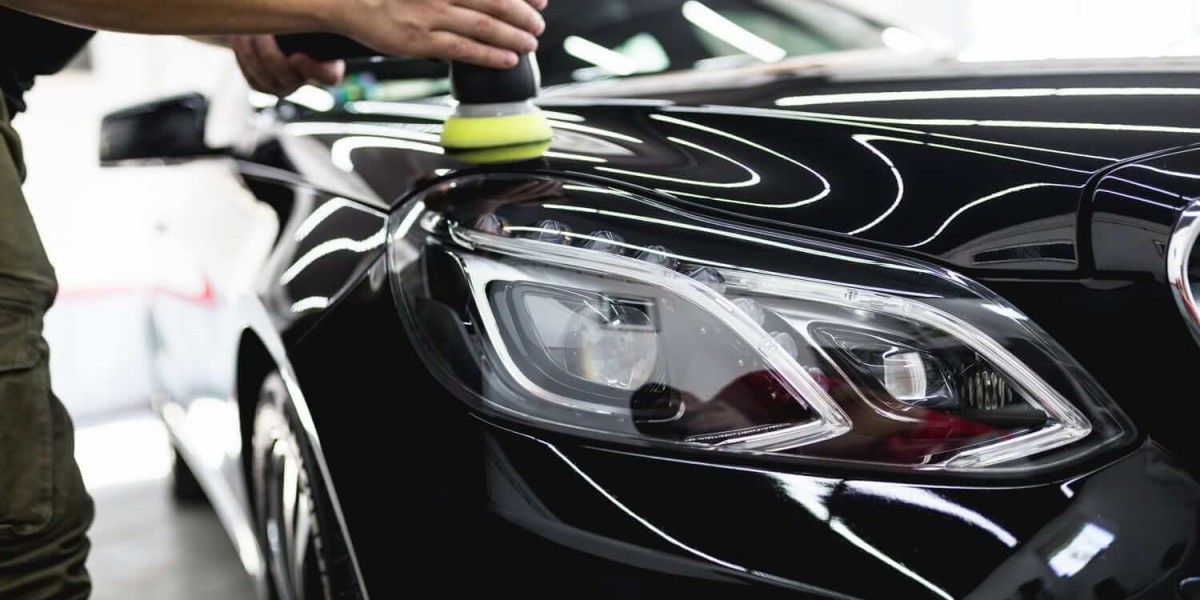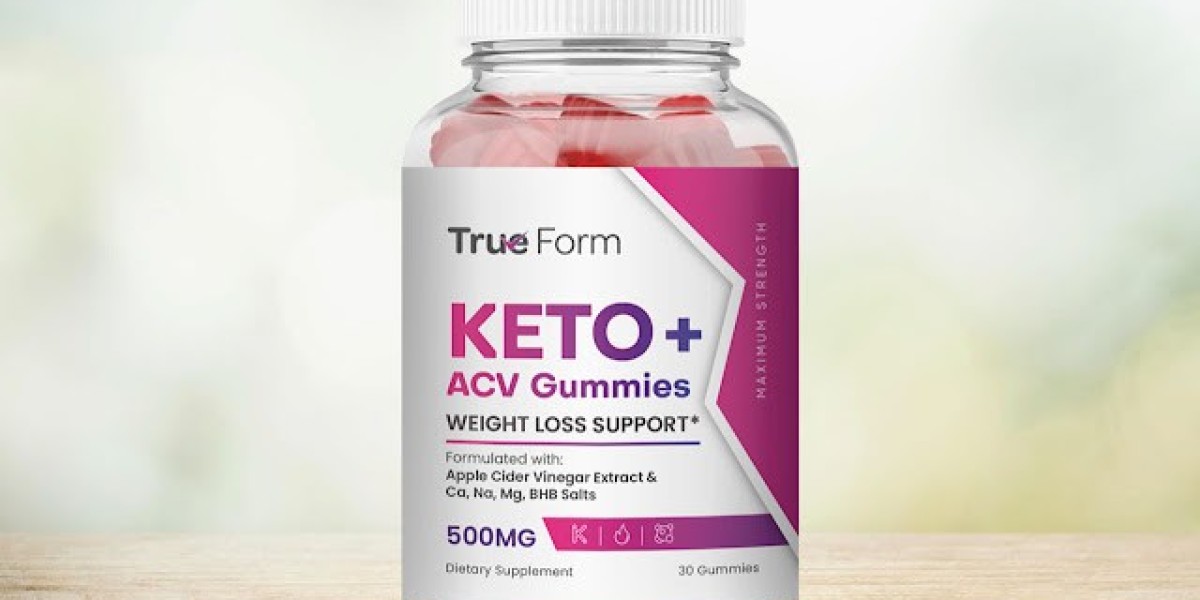Protection against Environmental Elements:
These elements can cause significant damage to the paintwork, leading to fading, oxidation, and even corrosion. Waxing provides a protective barrier between your car's paint and these harmful elements. The wax acts as a shield, minimizing the potential for damage and preserving the integrity of the paint for a longer period.
Prevents Paint Oxidation:
Over time, exposure to sunlight and oxygen can cause paint oxidation, resulting in a dull and faded appearance. Waxing your car regularly helps prevent this oxidation process by forming a protective layer on top of the paint. The wax blocks harmful UV rays and slows down the oxidation process, allowing your car's paint to maintain its vibrant color and shine for an extended period.
Repels Water and Enhances Beading:
One of the benefits of waxing is its hydrophobic properties. When you wax your car, the water beads up and rolls off the surface more easily. This hydrophobic effect not only gives your vehicle a visually appealing look but also helps in preventing water spots and etching. By repelling water, wax reduces the chances of mineral deposits or pollutants bonding with the paint, making it easier to clean and maintain the overall appearance.
Adds Gloss and Depth to the Paint:
Aesthetics matter, and waxing your car can significantly enhance its visual appeal. The application of wax creates a glossy finish that reflects light, giving your vehicle a deep and lustrous appearance. The smooth surface achieved through waxing also helps in minimizing the visibility of minor scratches and swirl marks, further contributing to an overall polished and pristine look.
Easier Maintenance and Cleaning:
Waxed surfaces are smoother and less prone to dirt, dust, and grime sticking to the paintwork. This makes regular cleaning and maintenance much easier and less time-consuming. With a waxed car, contaminants are less likely to bond strongly to the surface, allowing you to simply wash them away with less effort. Additionally, the smoothness of the waxed surface reduces the friction between the car's paint and wash mitt, minimizing the risk of swirl marks during the washing process.
Conclusion:
Waxing your car goes beyond aesthetic appeal; it provides essential protection for your vehicle's paintwork against environmental hazards, UV rays, and oxidation. It adds a layer of defense, making cleaning and maintenance easier while enhancing the overall shine and depth of your car's appearance. By incorporating regular waxing into your car care routine, you're investing in the long-term preservation and value of your vehicle, ensuring that it continues to turn heads and maintain its showroom-worthy condition for years to come.
reserve and Protect: How Professional Car Grooming Services Keep Your Vehicle in Top Condition
From Clear to Tinted: Exploring the Window Tinting Process








